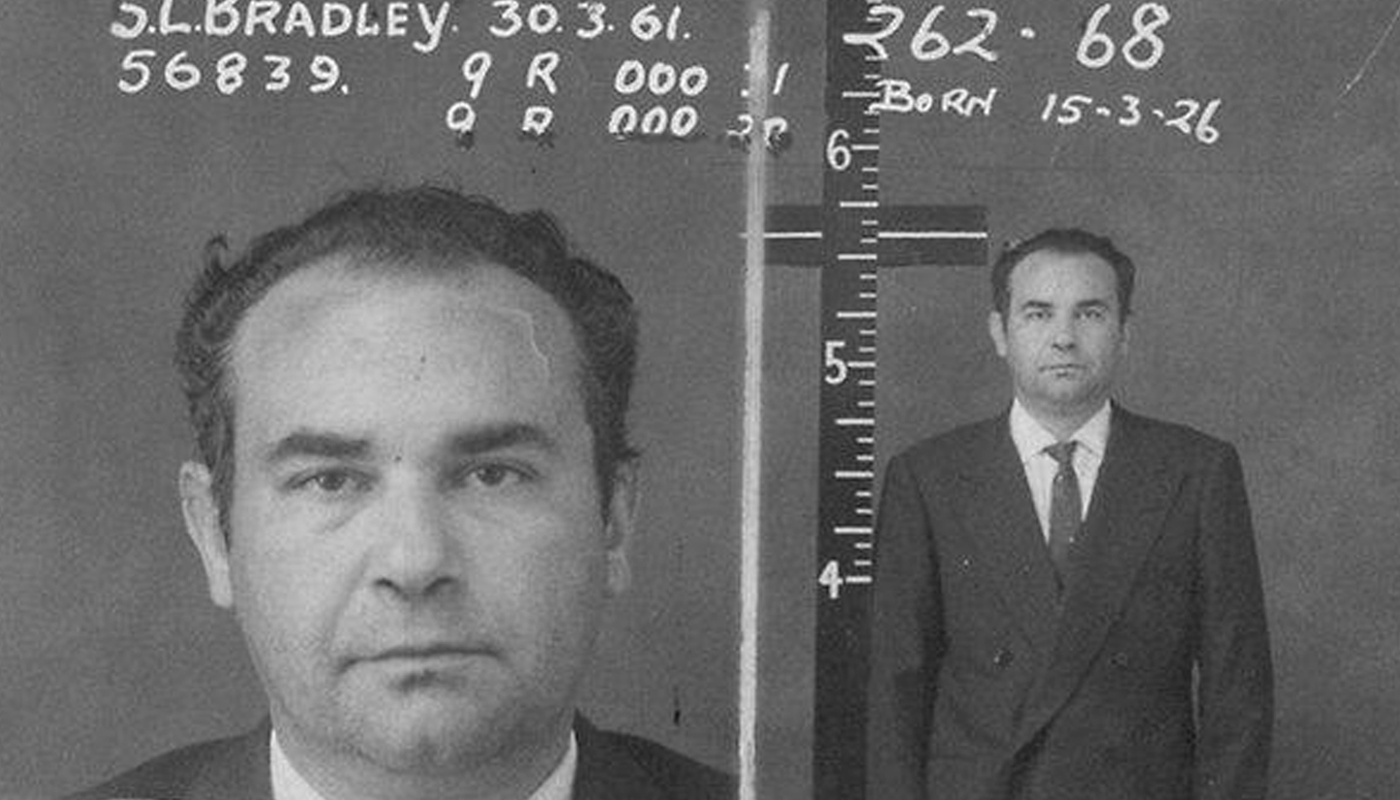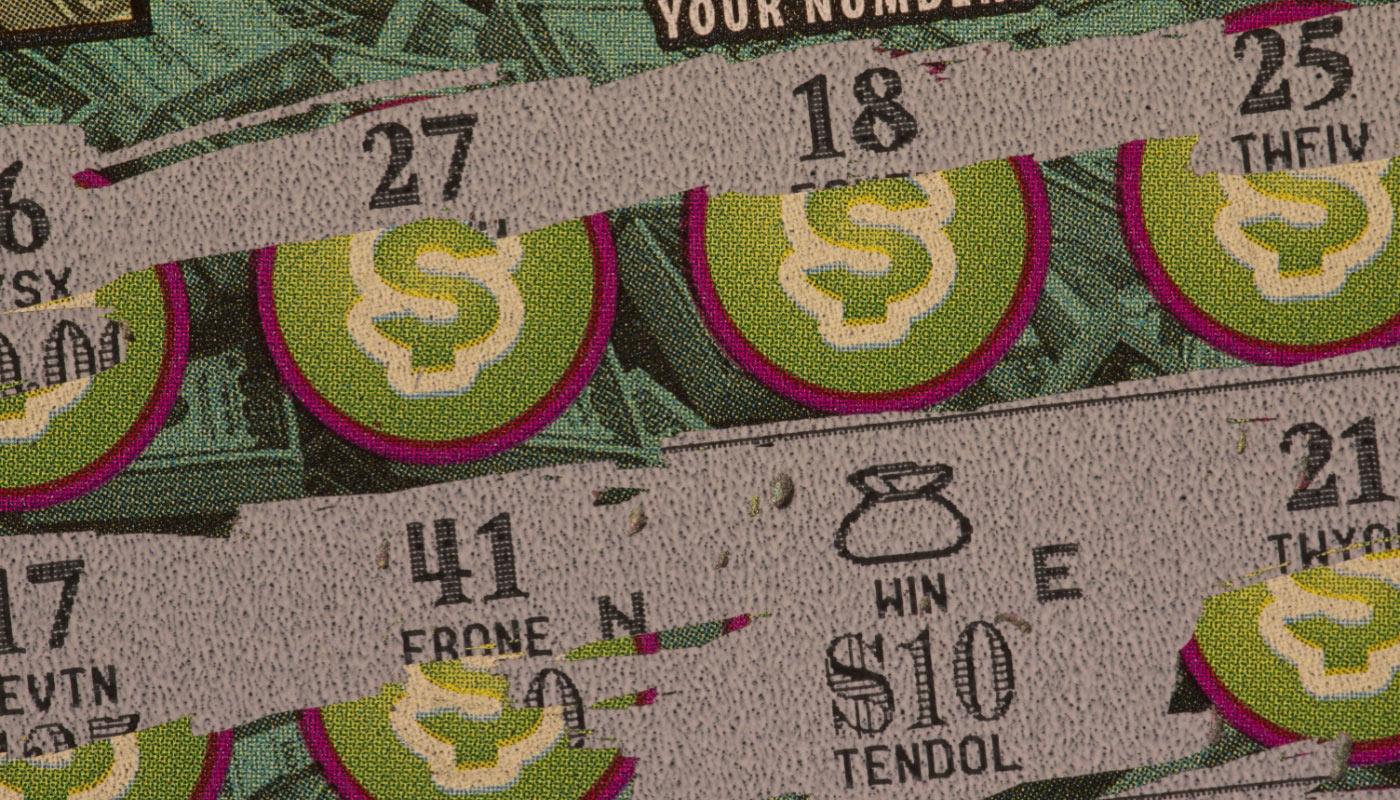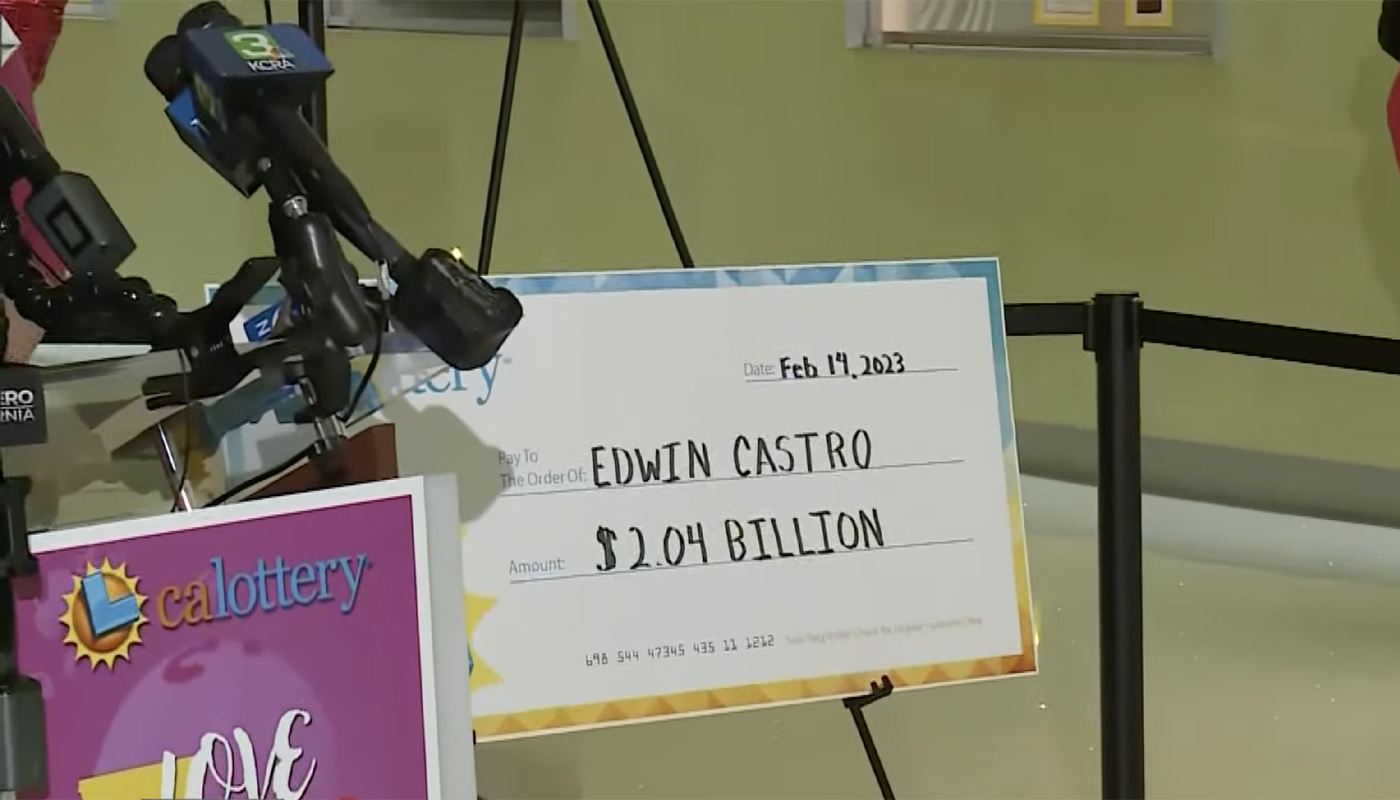
News writer; Opinion columnist
The Sydney Opera House is considered one of the world's great architectural landmarks. Sitting on the edge of Sydney Harbor, it is such a globally identifiable building that it is the default image people associate with Australia. The performance art space took over fourteen years to build, cost just over three-quarters of a billion dollars (inflation-adjusted to 2025) to complete, and is visited by over ten million people every year.
However, while the opera house is considered a cultural masterpiece, its construction also inadvertently led to a crime that shocked an entire nation.
This is the true story of how a single lottery win set off a chain reaction of tragedy and destroyed one Australian family.
Ticket 3932
As the population of Sydney, Australia, grew rapidly in the 1950s, the state government of New South Wales decided to construct a performance center suitable for a large metropolitan city.
Ground broke on the project in 1959 and was initially budgeted to cost $77 million (inflation adjusted); however, the costs quickly spiraled out of control, and the New South Wales government decided to sponsor several lottery drawings to help fund its construction.
In 1960, one of those tickets was purchased by Bazil Thorne, a salesman who lived in the beachside town of Bondi, with his wife Freda and three children, Cheryl, Graeme, and Belinda. Bazil's ticket number was 3932, and on June 1, 1960, he learned that he won the lottery's tenth drawing and collected a jackpot of 100,000 Australian pounds, equivalent to about $2 million USD today.
There was much fanfare and publicity surrounding Bazil's win, and it was customary at the time to publish not only the identity of lottery winners but also their home address. While the family celebrated their win, Freda was also deeply concerned that their new wealth and fame could make them targets for criminals. As it turns out, she had good reason to worry.
One of the people who learned about Thorne's lottery win was Stephen Leslie Bradley, a 34-year-old Hungarian immigrant who worked in a poker machine factory. He decided that he was entitled to a piece of Thorne's big prize, and he would do whatever he had to do to get it.
Stephen Bradley
Bradley was born in Budapest in 1926 and emigrated to Australia in 1950, where he held several jobs, including an insurance salesman and a nurse. He married a woman named Eve and had one child with her before she was killed in a car accident.
He remarried another woman named Magda, who had two children from a previous marriage. Bradley reportedly enjoyed living the good life, but he fell deep into debt as he attempted to keep up with his own luxurious tastes and support his growing family.
It was while struggling with a way to earn more money that Bradley read about the Thorne's lottery win and set a plan into motion that would devastate both families. It began with Bradley relentlessly stalking the Thornes to learn their habits.
He would sit for hours in the park across the street from their home to study their departure and return times. He even visited the house once and spoke with Freda, pretending to be lost and looking for a friend. He spent five weeks tracking the Thornes until he decided that the key to taking their fortune was through eight-year-old Graeme.
The ransom
Every morning, Graeme would walk to an intersection near his house and wait for Phylis Smith, a friend of the family, to pick him up and take him to school along with her own children. On July 7, Phylis drove to the intersection, but there was no sign of Graeme.
Concerned, she drove to his house and asked Freda if he was planning to go to school. Freda told her that he had already left to meet her. Both women immediately knew something was wrong, and they checked in at Graeme's school and learned that he had never arrived.
Freda called the police, and when detectives were speaking with her at her home, the phone rang. She answered and heard a man with a foreign accent telling her that he had Graeme. One of the detectives took the phone and pretended to be her husband, Bazel.
The man on the other end of the line made a chilling demand:
I have your boy. I want 25,000 pounds by five o'clock this afternoon, or I'll feed him to the sharks. I'll contact you later.
This was considered the first kidnapping for ransom case in Australia's history.
The kidnapping
Bradley's attempt to get his hand on the Thorne's riches started to go wrong even before he made the call.
Investigators would later learn, that Bradley knew where Graeme went to wait for his ride to school. He arrived there before Phylis in his own blue Ford and convinced Graeme that his mother had sent him to give him a ride to school.
Young Graeme believed him and willingly climbed into the car. Bradley then drove him to an isolated area, bound his hands and feet together, wrapped a scarf around his mouth to prevent him from screaming, and placed the struggling boy in the trunk of his car.
Bradley then drove to a payphone and placed his call demanding that the Thornes pay his ransom.
However, it was only when he drove back home that he realized something had gone terribly wrong. When he opened the trunk in his garage, Bradley saw that Graeme was nearly dead. The scarf he had put in his mouth suffocated him.
Rather than try to revive Graeme or seek help, Bradley did the unthinkable and killed him with his own hands. He strangled Graeme and beat his head until he was dead. He then wrapped the boy's dead body in a rug, drove to an isolated vacant lot, shoved the body under a rocky ledge, and drove away.
The search
The search for Graeme Thorne quickly became one of the most extensive police investigations in Australian history and a media sensation. Police worked together with the military to canvass and search the area where Graeme was thought to have gone missing.
They found his school clothes, books, and lunchbox, but there was no trace of the boy. They had more luck canvassing the neighborhood where the Thornes lived. Several people mentioned seeing someone who met Bradley's description lurking around the neighborhood and spending time in the park next to Bazil's home.
An electrician told police that on the day of the kidnapping, he thought he saw Graeme get into a blue Ford Customline. Detectives immediately compiled the registration records of every blue Ford in the area and questioned all of their owners, including Bradley.
Bradley told police that he had been moving houses on the day of the kidnapping and wasn't even in Bondi when Graeme was abducted, and they appeared to buy his story. However, a month after the kidnapping, the police discovered the most important clue of all: Graeme's body.
A month after his disappearance, a group of boys found Graeme's body while playing in a vacant lot.
On the run
Once police recovered Graeme's body, the news quickly leaked to the media, and Bradley realized that it might not be long before police traced his death back to him.
The killer decided to make a run for it, and on September 23, he and his family left Australia for London on a ship named The Himalaya.
At the same time, police who examined Graeme's body found several interesting clues, including dog hairs from a Pekingese, bleached blond human hair, traces of pink mortar, and twigs from two different cypress trees.
The twigs were an essential clue because while many people had one type of cypress in their yard, the combination of two was rare. Police searched homes all over New South Wales until a postman identified one that had not only the correct trees, but also pink mortar, similar to the traces found on Graeme's body. It was the same home that Bradley fled just weeks earlier.
Police raided the house and found a roll of undeveloped film. They had it processed and discovered a photo of Bradley's bleach blonde wife holding a Pekingese dog and sitting on a rug with the same design as the one Graeme's body was found in.
When the Himalaya docked in Sri Lanka on its way to London, New South Wales detectives were waiting for it. They boarded the ship and arrested Bradley for kidnapping and murder. Bradley resisted extradition, but after five weeks of legal proceedings, he was sent back to Australia to stand trial for his crimes.
Trial
After his arrest, Bradley wrote out a confession to the kidnapping and murder, but he later retracted it and decided to take his case to court. Bradley stood trial on March 20, 1961. He pleaded not guilty and attempted to explain to the court why he had no involvement with the crime. Jurors were unconvinced and found him guilty on March 29. The presiding judge sentenced the defendant to life imprisonment.
Some spectators in the courtroom allegedly yelled “Feed him to the sharks!” after the verdict was read.
Bradley was immediately taken to Goulburn prison, where he died on October 6, 1968, of a heart attack at the age of 42. His jailers say that he never expressed any remorse for murdering Graeme Thorn.
Mark Tedeschi QC was a former New South Wales Senior Crown Prosecutor who wrote a book about the case called Kidnapped, and he told reporters that the case had a transformative effect on the Australian psyche. In this book, he recalled:
The case really marked an end of innocence in Australian life, particularly for families who were suddenly fearful their own children would be kidnapped. Yet Bradley never showed any remorse whatsoever. Even when he was confessing the crime, he repeatedly said, 'It wasn't my fault. It was no fault of my own.'
Following the case, lottery regulations were changed so that winners had the option to remain anonymous if they wished.

















Comments